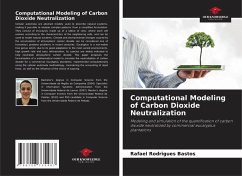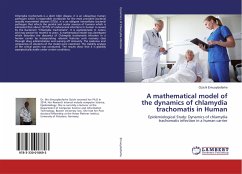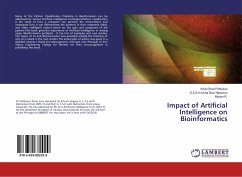Cellular automata are abstract models used to describe natural systems, making it possible to analyze complex patterns from a simplified formulation. They consist of structures made up of a lattice of cells, where each cell evolves according to the characteristics of the neighboring cells, and can be used to model natural systems. Climate and environmental changes caused by the accumulation of atmospheric carbon dioxide can be considered one of humanity's greatest problems in recent centuries. Eucalyptus is a non-native tree genus which, due to its good adaptation to the most varied environments, high growth rate and easy reforestation, its species are widely indicated to help neutralize atmospheric carbon dioxide. This paper proposes the formalization of a mathematical model to simulate the neutralization of carbon dioxide for a commercial eucalyptus plantation, implemented computationally using the cellular automata methodology, considering the accounting of dead trees, as wellas the influence of the choice of spacing.
Bitte wählen Sie Ihr Anliegen aus.
Rechnungen
Retourenschein anfordern
Bestellstatus
Storno








